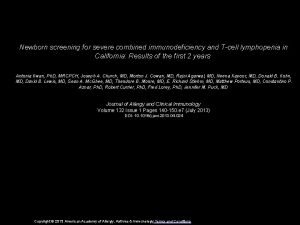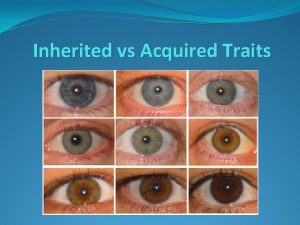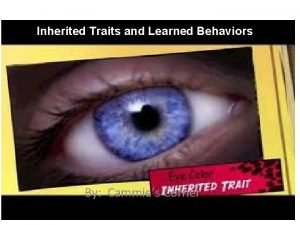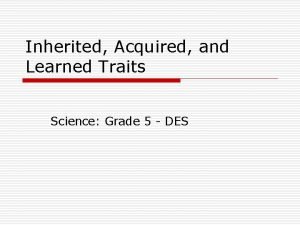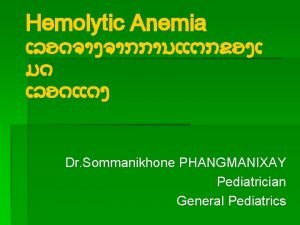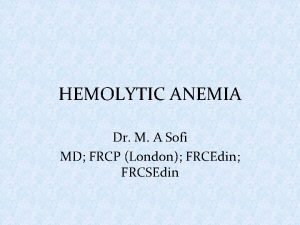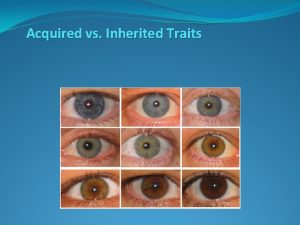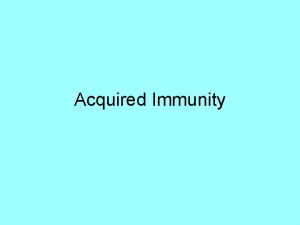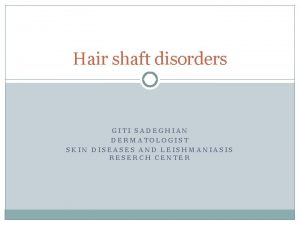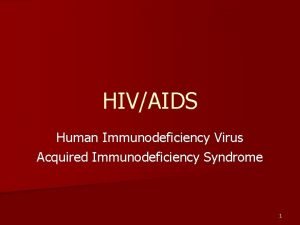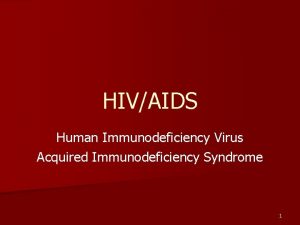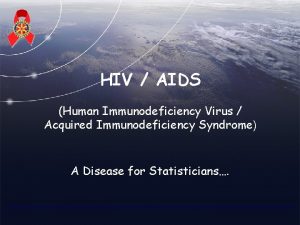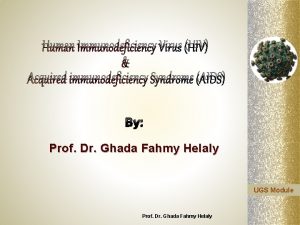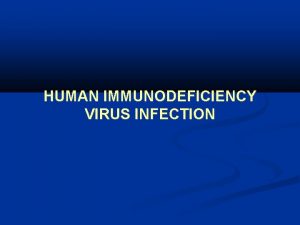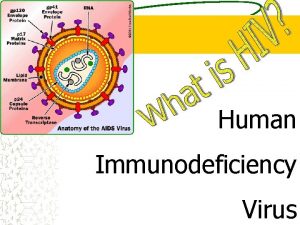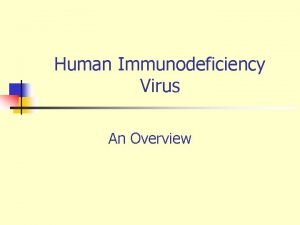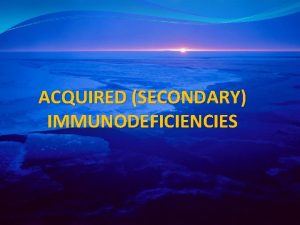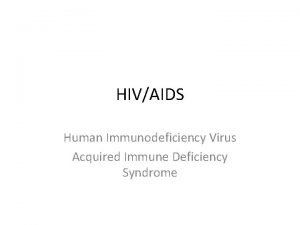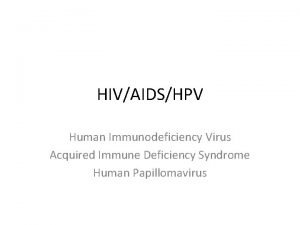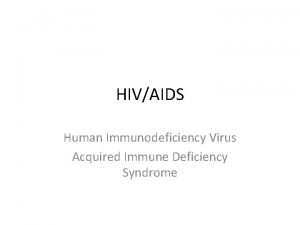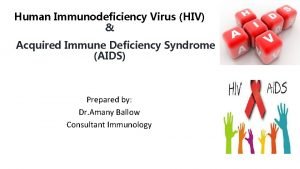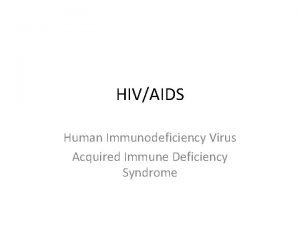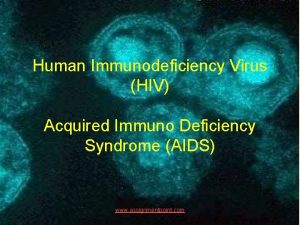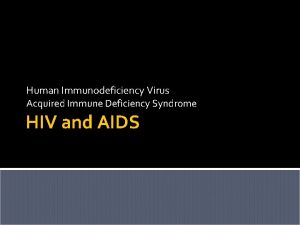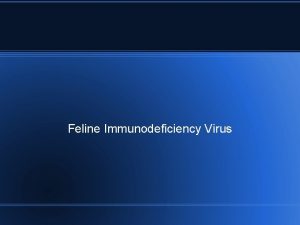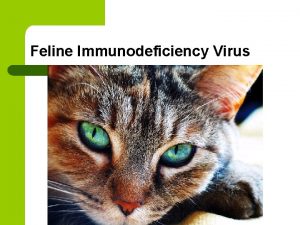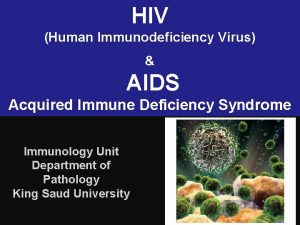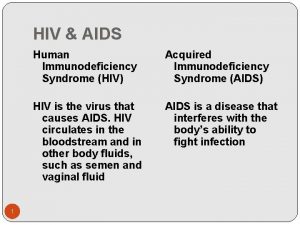Look Look Human Immunodeficiency Virus Acquired Immunodeficiency Syndrome


































- Slides: 34

Look -Look

Human Immunodeficiency Virus

Acquired Immunodeficiency Syndrome

HIV/AIDS by the #’s 12 million people who have HIV/AIDS are in the 15 -24 age group ½ of all new HIV infections are among young people. Every day about 7, 000 young people become infected with

- be inside living cells

4 body fluids can carry the virus:

HIV/AIDS transmitted in a variety of ways:

Sexual contact:

Blood-to-blood contact:

Incidental cases:


A. HIV positive asymptomatic stage B. Middle stage C. HIV symptomatic stage D. AIDS stage

The person has HIV in his/her body for 10 years or more, but feels healthy with NO Symptoms. Invades and takes over helper tcells. Could have no symptoms for many years Still contagious with the virus

Patients experience fever, headache, sore throat, rash, diarrhea, and enlarged lymph nodes. Still contagious with the virus

Start having symptoms such as: 1. Fever 2. Night Sweats 3. Fatigue 4. Unexplained persistent diarrhea 5. Loss of appetite and weight loss of 10 lbs. or more in 2 months 6. Swollen lymph nodes 7. Persistent unexplained dry cough or shortness of breath 8. Skin rashes 9. Persistent white coating or spots inside the mouth or sore throat (oral thrush)

Aids is said to be present when the person develops his/her first opportunistic infection or his/her CD 4 level reaches a specific point CD 4 Cell Test: Another factor that determines when a person has AIDS is their CD 4 cell count. These are the lymphocytes (WBC) HIV destroys. If the CD 4 cell count is 200 or less, the person is said to have entered the stage called AIDS.

Normal T-Cell Count 800 -1200 T-cell Helpers per milliliter of blood

1. Kaposi’s Sarcoma – an unusual cancer causing purplish spots. 2. Pneumocystis Pneumonia (PCP) – causes death in 60% of AIDS victims; caused by a parasite that infects the lungs. 3. Lymphomas – cancers of the lymphocytes 4. AIDS-related dementia (ARD) – damage to the brain and spinal cord causing memory loss, depression and loss of judgment. 5. SLIM disease – severe weight loss

HIV/AIDS Tests EIA Western Blot

A blood test to locate antibodies for HIV If positive, it is repeated again Enzyme immunoassay An antibody test for HIV done to confirm the results of the ELISA test 6 weeks to 6 months People tested during this window could test negative even though they have HIV in their blood and body fluids and are contagious.

Mixture of Drugs

NO-Risk Behaviors:

Decreased Risk:


Being infected with HIV is the same as having the disease AIDS.

People infected with HIV usually die within 6 months.

After AIDS symptoms develop, most victims die within 2 years.

The HIV virus can be spread by coughing or sneezing.

AIDS is a unique infectious disease because the immune system cannot fight it off.

Name 2 ways AIDS can be transmitted.

List one opportunistic infection.

Name one way you cannot spread the disease of AIDS.


 Look down to the left
Look down to the left Monocyte derived dendritic cells
Monocyte derived dendritic cells Severe combined immunodeficiency
Severe combined immunodeficiency Enoxapan
Enoxapan Thrombophilia
Thrombophilia Contractor acquired property
Contractor acquired property Spanish cession previous owner
Spanish cession previous owner Plants are sessile
Plants are sessile Characteristics of an organism
Characteristics of an organism Behavioral trait
Behavioral trait What are 5 acquired traits
What are 5 acquired traits Inherited traits and learned behaviors 5th grade
Inherited traits and learned behaviors 5th grade Acquired physical traits
Acquired physical traits Whats an acquired trait
Whats an acquired trait Acquired traits
Acquired traits Systemic acquired resistance in plants
Systemic acquired resistance in plants Causes of hemolysis
Causes of hemolysis Evidence of hemolysis
Evidence of hemolysis Acquired physical traits
Acquired physical traits Examples of biotic components
Examples of biotic components Acquired needs theory
Acquired needs theory Anmeia
Anmeia Infer how the pigs acquired another case of whiskey.
Infer how the pigs acquired another case of whiskey. Aquired trait
Aquired trait Are dimples inherited or acquired
Are dimples inherited or acquired Lance brothers enterprises acquired
Lance brothers enterprises acquired Training is the act of increasing the
Training is the act of increasing the Is conscience innate or acquired
Is conscience innate or acquired Aids
Aids Acquired immunity definition
Acquired immunity definition Mexican cession date acquired
Mexican cession date acquired Father of modern management. *
Father of modern management. * How knowledge is acquired represented and organized
How knowledge is acquired represented and organized Acquired progressive kinking
Acquired progressive kinking Tinea capitis milady
Tinea capitis milady


